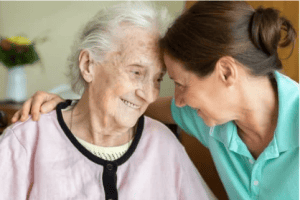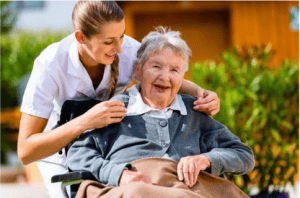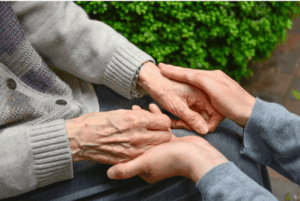Activities of daily living (ADLs) are the essential routine tasks that people need to perform every day to live independently and maintain a basic quality of life. For seniors, individuals with disabilities, or those recovering from illness or injury, understanding ADLs is key to assessing their needs. Difficulty with these activities can lead to unsafe living conditions and a reduced quality of life.
Whether you’re a caregiver, healthcare provider, or planning ahead for yourself or a loved one, knowing what ADLs are can help guide important decisions about care, housing, and support services.
What Are ADLs?
Bathing and Personal Hygiene: This includes washing your body, dental hygiene, hair care, and nail care.
1. Dressing: The ability to pick appropriate clothing and put on the clothes.
2. Eating: The ability of a person to feed themselves using utensils, fingers, or assistance devices.
3. Toileting: This involves getting to and from the toilet, using it the right way, and cleaning up afterward.
4. Transferring/Mobility: The person’s ability to transfer from one position to the next and walk on their own.
5. Continence: The ability to control bladder and bowel function, or manage them effectively if assistance or devices are needed.
Why ADLs Matter
When someone struggles with ADLs, it may signal the need for:
-In-home care or assisted living services.
-Occupational therapy to help regain function.
-Home modifications to improve safety and accessibility.
-Long-term care planning and insurance eligibility assessments.
Healthcare professionals often use ADLs as part of their assessments. Insurance companies, especially those offering long-term care insurance, use them to determine when a person qualifies for benefits.
IADLS
There is another set of tasks known as Instrumental Activities of Daily Living (IADLs). These are more advanced tasks necessary for living in a community, such as:
-Managing medications
-Handling finances
-Cooking meals
-Housekeeping and laundry
-Using transportation
-Shopping for groceries or necessities
IADLs require a higher level of cognitive and physical function, and trouble with them is often a sign that someone may need support.
Conclusion:
Understanding ADLs can make a big difference when it comes to identifying care needs and ensuring safety for those who may be aging, recovering, or managing a chronic condition. If you notice that a loved one is having difficulty with any of these tasks, explore supportive services or talk with a healthcare professional about next steps.






